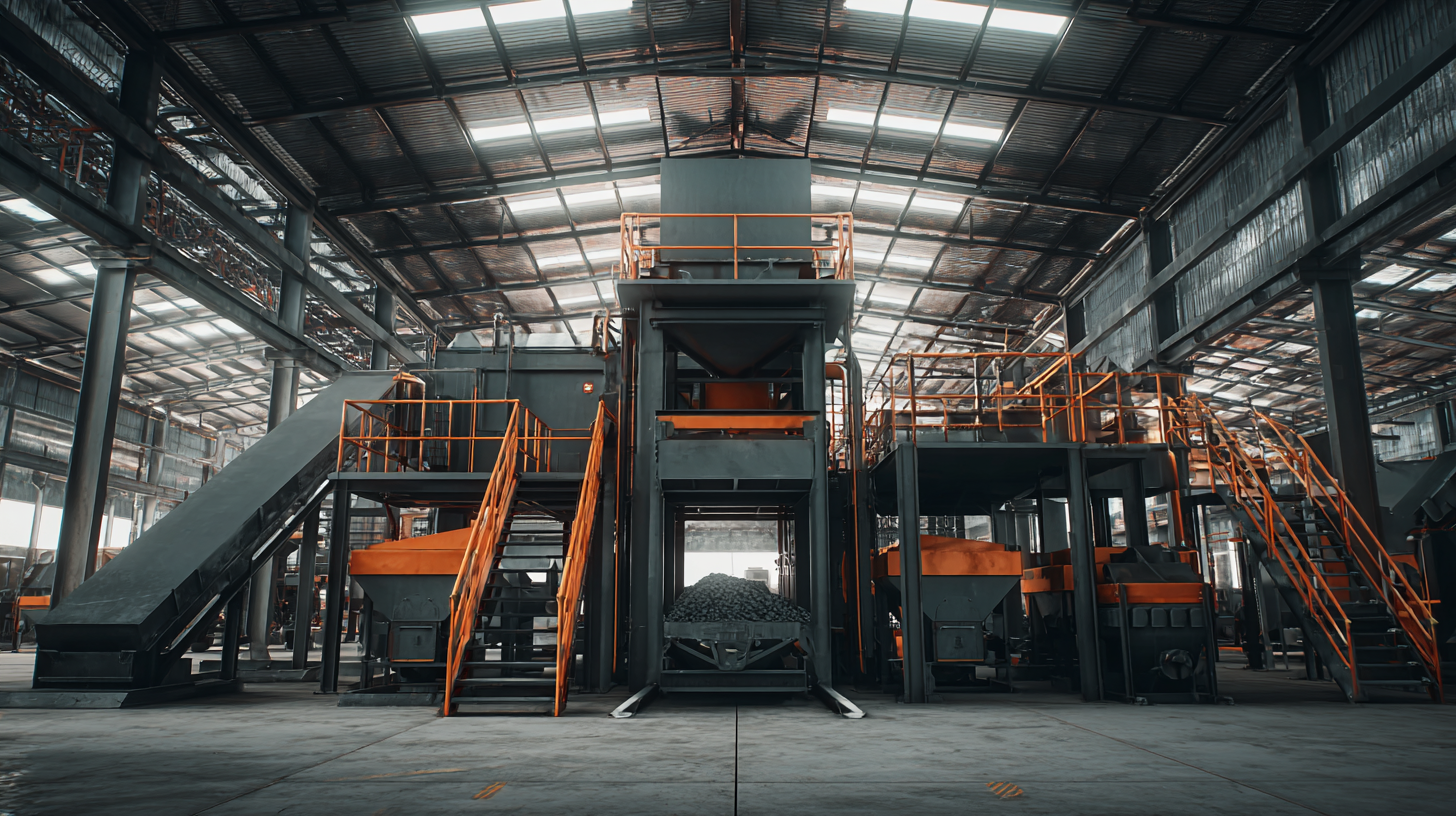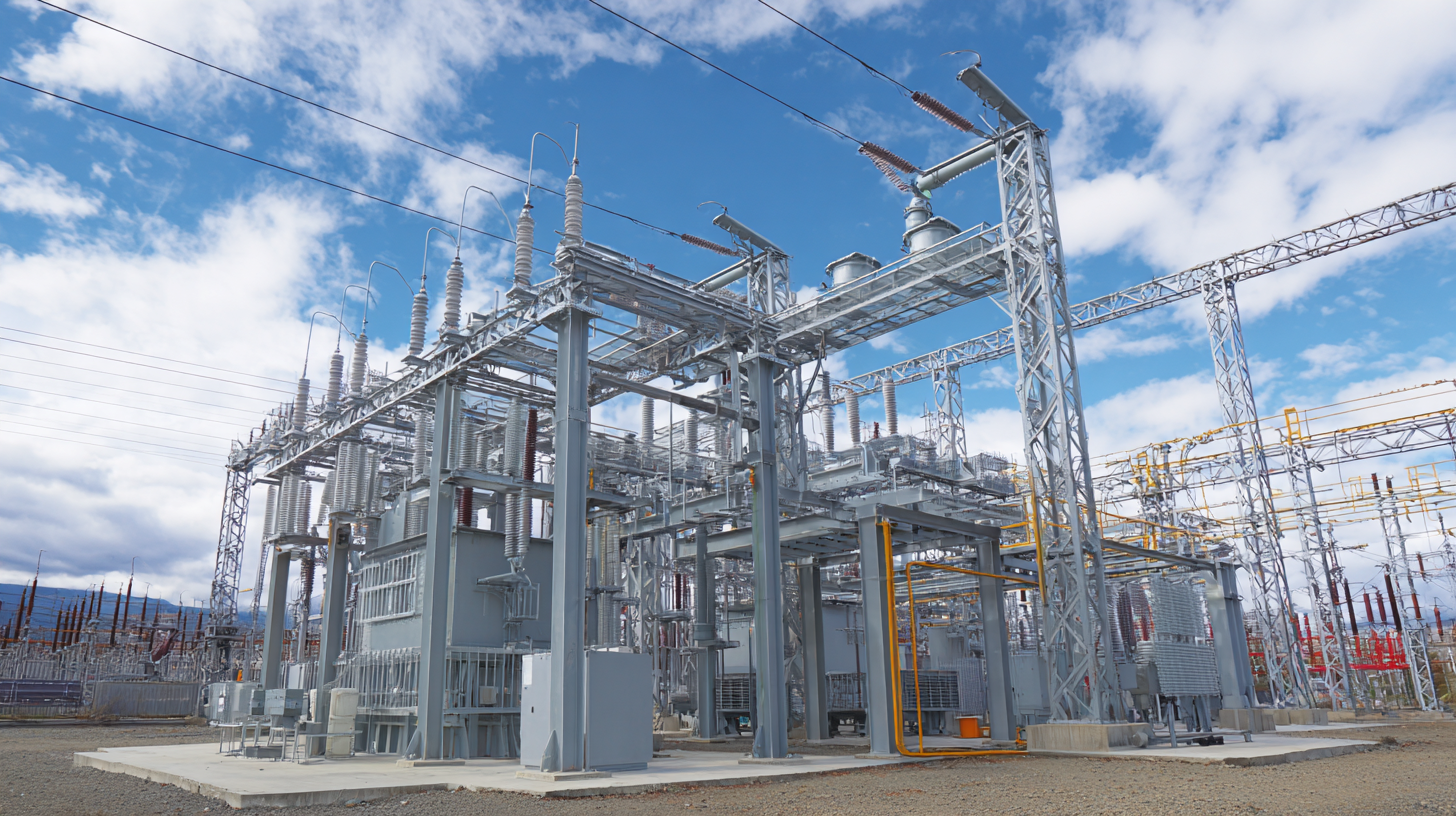
Unveiling the Top Electrostatic Separators Through In Depth Comparisons
In the realm of mineral processing and waste management, Electrostatic Separators have emerged as vital tools for the efficient segregation of materials based on their electrical conductivity. According to a report by Market Research Future, the global electrostatic separation market is projected to grow significantly, reaching a valuation of approximately USD 1.5 billion by 2025, driven by the surging demand for recycling technologies and the increasing need for raw material recovery. These separators are instrumental in various industries, from mining to plastics recycling, enhancing material recovery rates and sustainability. This blog aims to unveil the top electrostatic separators in the market, providing in-depth comparisons that highlight their applications and advantages, which are crucial for organizations seeking to optimize their processing efficiencies.

Understanding Electrostatic Separators: The Basics and Their Applications
Electrostatic separators are pivotal in various industrial applications, particularly in the mining, recycling, and materials processing sectors. These devices utilize high voltage charges to separate particles based on their electrical conductivity and dielectric properties. According to a recent report by MarketResearchFuture, the global electrostatic separator market is anticipated to grow by approximately 12% annually, highlighting the increasing reliance on this technology for enhancing material recovery and recycling processes.
In addition to their effectiveness in mineral processing, electrostatic separators are increasingly employed in waste management and plastic recycling. The ability to separate fine particles and different plastics with minimal energy consumption makes them an ideal choice for sustainable practices. A study by the International Journal of Mineral Processing found that electrostatic separation can recover up to 90% of valuable minerals from low-grade ores, underscoring the efficiency these machines bring to processing operations. As industries strive towards greater sustainability, the role of electrostatic separators is expected to expand, driving innovation and efficiency across sectors.
Key Features of Top Electrostatic Separators: What to Look For
When selecting the best electrostatic separators, it's crucial to focus on key features that can impact performance and efficiency. One of the primary considerations is the separation efficiency, which determines how effectively materials can be sorted based on their electrical properties. High-quality electrostatic separators should demonstrate a reliable ability to differentiate between various materials, minimizing losses and maximizing yield. Additionally, factors like feed rate and particle size adaptability are important. A versatile separator can handle a range of particle sizes while maintaining optimal throughput, making it suitable for diverse applications.
Another essential feature to evaluate is the ease of maintenance and operation. Users should look for separators equipped with user-friendly interfaces and robust designs that minimize downtime. Advanced models often incorporate automated cleaning systems and real-time monitoring capabilities, allowing for seamless operation and reduced labor costs. Furthermore, energy efficiency is increasingly important in today’s manufacturing landscape. As businesses strive for sustainability, selecting a separator that consumes less energy while delivering high performance can significantly benefit both the environment and the bottom line.
Unveiling the Top Electrostatic Separators Through In Depth Comparisons - Key Features of Top Electrostatic Separators: What to Look For
| Feature | Separator A | Separator B | Separator C |
|---|---|---|---|
| Processing Capacity (tons/hour) | 10 | 15 | 20 |
| Efficiency (%) | 95 | 92 | 93 |
| Power Consumption (kWh) | 5 | 6 | 4.5 |
| Cost ($) | 20,000 | 25,000 | 22,000 |
| Material Recovery Rate (%) | 90 | 88 | 91 |
| Warranty Period (years) | 2 | 3 | 2 |
Comparative Analysis: Performance Metrics of Leading Electrostatic Separators
In the realm of recycling technologies, particularly for silicon-based photovoltaic solar panels, the evolving landscape presents both challenges and opportunities. A recent comprehensive review has shed light on the critical need for enhanced recycling methods as global solar power generation from silicon PV panels accelerates to meet the ambitious targets set by the Paris Agreement. As of 2023, the global installed capacity of solar photovoltaic systems has surpassed 1,000 GW, highlighting a significant demand for effective end-of-life management solutions to handle photovoltaic waste, projected to reach 78 million metric tons by 2030.

Furthermore, the performance metrics of leading electrostatic separators play a pivotal role in the efficiency of energy generation and storage technologies. Recent experimental studies underscore the importance of optimizing separation processes under various electrostatic boundary conditions, revealing that the coalescence rates in electrostatic coalescers are highly sensitive to these conditions. With the global energy landscape shifting towards sustainable methods, this comparative analysis is essential for informing best practices and enhancing the design of advanced electrostatic separators, which are crucial for enhancing efficiency in both renewable energy storage and recycling applications.
Cost Considerations: Balancing Quality and Affordability in Electrostatic Separators
When considering the acquisition of an electrostatic separator, cost is a paramount factor that cannot be overlooked. Balancing quality with affordability requires a thorough understanding of both the initial investment and the long-term operational costs. High-quality electrostatic separators often come with a heftier price tag, but they can provide significant benefits in terms of efficiency, durability, and overall performance. Therefore, businesses must assess their specific needs and the potential return on investment when selecting equipment.
As the market evolves, particularly amidst advancements in electric vehicle infrastructure, companies are finding innovative ways to reduce costs while maintaining high standards. The transition towards eco-conscious technologies pushes manufacturers to continually enhance the functionality and affordability of electrostatic separators. Innovations in design and materials can lead to more cost-effective options without sacrificing quality. It’s essential for businesses to stay informed on industry trends and compare various models, ensuring they make informed decisions that align with their sustainability goals and budgetary constraints.
User Experiences: Reviews and Feedback on Popular Electrostatic Separators
When it comes to electrostatic separators, user feedback is invaluable in assessing their performance and effectiveness. Users often express their experiences with various models, highlighting key factors such as efficiency, ease of use, and maintenance. Popular separators have garnered praise for their ability to handle wide-ranging material types, showcasing their versatility in both industrial and laboratory settings. Positive user experiences often note improved separation quality, which leads to higher purity levels in the collected materials.
Conversely, some users report challenges with specific models, mentioning issues like setup complexity or the need for regular adjustments. Feedback also reveals a continual desire for advancements in design and technology, as users seek devices that minimize space requirements while maximizing output. As electrostatic separation technology continues to evolve, the importance of user experiences will undoubtedly shape future innovations, influencing how manufacturers respond to real-world applications and user demands in their product development.

